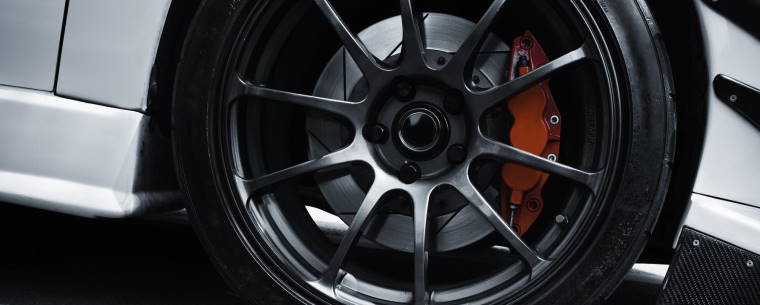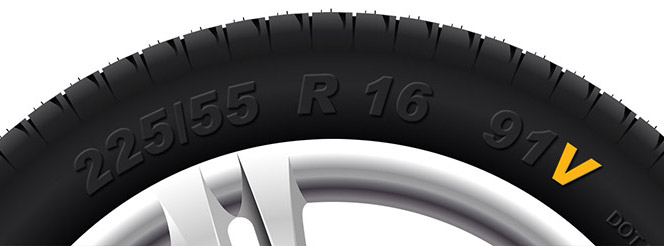How to Check Brake Pads
Published on: Monday, 12 February 2024 | Author: Jack Dreyer
Brake pads are a key component of any road vehicle’s braking system. They’re fitted within the brake calliper and lightly hover over the brake disc of all four wheels. As pressure is put on the brake pedal, fluid in the calliper begins to push the pads against each side of the disc to slow the wheels and bring the vehicle to a complete stop.
As this mechanical action occurs every time you push down on your brake pedal, the brake pads will suffer natural wear. Eventually, through regular braking, your brake pads will need to be replaced, but how exactly do you check your brake pads to know that you need new ones?
In this guide, we explain how you can check your brake pads, when you should carry out these checks, and how often the typical span of a brake pad is.
How to check your brake pads
Only a mechanic can determine if your brake pads need replacing or not, however, there are a few checks you can do to determine if you need to make an appointment. Let’s take a look at three important checks you can do below.
Visually inspect your brakes
Depending on the model of your car, you may be able to visually inspect your brake pads as some models show the outer pad through the spokes of the wheel. As a general rule of thumb, if you can see 3mm of the pad and experience none of the above signs, your brake pads should be in good condition. But if you see any less, you should arrange for the brakes to be checked immediately.
Anyone can do this type of check, but it would be strongly advised to avoid the temptation to change the brake pads yourself. The process of doing this requires the vehicle to be elevated, technical procedures to be carried out, and inspections to be made that only a professional would be equipped to do. After the brake pads are changed, you need to know that your braking system is going to work. But, by doing it yourself, you won’t have the guarantee of a professional and you could be putting yourself, anyone else in the vehicle, and other drivers at risk.
Listen out for squeaky brakes
Squeaky brakes are the most common cause for worn down brake pads so keep an ear open for any high-pitched noises when you apply pressure to your brakes. Brake pads often come installed with a noise indicator to let you know that the pads are getting thin. If you hear the noise, it’s time to inspect and possibly replace the brake pads.
Keep an eye on your car’s dashboard
Fortunately, many cars now have a dedicated warning light for indicating when the brake pads are wearing down and need to be replaced. This would typically appear on the car’s display board where you’d also find warnings for other issues with your vehicle such as doors not being correctly closed or a fault with the engine.
When should you carry out a brake pad check?
Vehicle owners should carry out a brake check anytime they encounter squeaky brakes or a warning light on their car’s display board. They should also incorporate these best practices for brake pad monitoring:
- Regular maintenance routine: make the check a part of your regular maintenance routine. Some manufacturers recommend checking every 10,000 - 20,000 miles.
- Brake performance checks: if you notice changes to your brakes’ performance, i.e. spongy brakes or your car pulling to one side when you use the brakes, this could indicate your brake pads are worn down and need replacing.
- Seasonal checks: consider checking your brakes before a long-distance drive or before a drive in difficult conditions —for example rain or snow.

How long should brake pads last?
Although the average life expectancy of a brake pad will differ depending on the vehicle, they’re likely to remain intact for somewhere between 30,000 and 70,000 miles. This figure can also be extended or shortened based on where the car is being driven, as the brakes are likely to be used more in cities and towns than they are in the countryside.
The driver may also influence this, as some are more likely to use the brakes more often or more sharply than others. ‘Riding the brake’ is a common term given to drivers that use their brake excessively, reducing the lifespan of their brake pads. It can be hard to alter the way you drive, but learning to be more conservative with how often and firmly you brake could help your brake pads last longer.
Get your brakes checked
Brake pads play a crucial role in car safety so it’s imperative that they are kept well maintained. If you’re concerned that your brake pads may be worn down and need replacing, visit our experts at your local Tyre Pros centre. No appointment is necessary.
In the meantime, keep up to date with the latest motoring, brakes, and tyres guidance on our Advice Hub or contact us with any questions.




